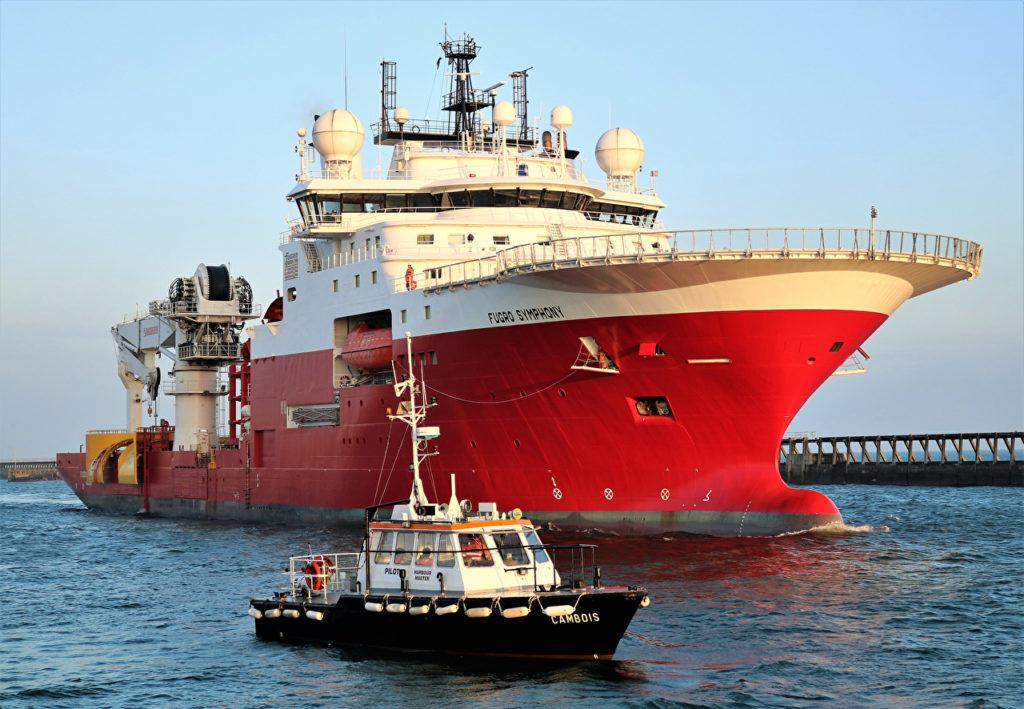When entering into a contract for the rental of a vessel with or without crew, it’s essential to clearly define the responsibilities and obligations of both the lessor (owner) and lessee (renter). The key details of such a contract typically include the vessel's specifications, the rental period, payment terms, the provision of crew (if applicable), and operational and safety requirements. Here is an outline of the essential contract details for the rental of a vessel, whether with or without crew:
1. Parties to the Contract
- Lessor (Owner): The party who owns the vessel and is renting it out.
- Lessee (Renter): The party renting the vessel for a specific use.
- Third Parties: If applicable, clarify if the contract involves third parties, such as sub-charterers, or agents acting on behalf of the parties.
2. Description of the Vessel
- Vessel Identification: Name, type (e.g., cargo vessel, tanker, offshore supply vessel, passenger boat), registration number, flag, and owner details.
- Specifications: Details such as size (tonnage, length, beam), capacity (e.g., cargo, passengers), and technical features (e.g., engine power, equipment, class certifications).
- Condition of the Vessel: A statement of the vessel’s operational condition at the time of delivery (including inspection reports, surveys, certifications). The lessee might have the right to inspect the vessel before finalizing the contract.
- Included Equipment: A detailed list of equipment and accessories that come with the vessel, such as navigation gear, cranes, mooring equipment, lifesaving devices, etc.
3. Rental Term and Duration
- Start Date: The date the rental period begins.
- End Date: The date the rental period ends, or conditions under which it can end (e.g., upon completion of the chartered task or at the end of a specified period).
- Option for Extension: If the rental period can be extended, the terms and process for extension should be outlined, including how much notice is required.
- Early Termination: Conditions for early termination by either party, including any penalties or notice periods. Termination rights could also cover unforeseen circumstances (e.g., force majeure).
4. Rental Rates and Payment Terms
- Rental Rate: Specify how the vessel rental rate is calculated—daily, weekly, monthly, or based on a lump-sum fee (for specific projects).
- Payment Structure:
- Upfront Payment: Whether an upfront payment or deposit is required.
- Periodic Payments: How rental payments are to be made (e.g., monthly, after delivery, on a milestone basis).
- Additional Costs: Specify any additional charges that may apply, such as fuel, port fees, crew costs (if applicable), maintenance, insurance, or operational costs.
- Late Payment Penalties: Specify interest rates or penalties if payments are not made on time.
5. Crew Provision (If Applicable)
- With Crew:
- Crew Responsibilities: Detail the crew’s role, responsibilities, and the number of crew members to be provided.
- Qualifications and Certifications: Specify the required qualifications, training, and certifications of the crew (e.g., certified marine officers, engineers, safety officers, etc.).
- Salary and Benefits: Specify who is responsible for paying the crew’s wages, benefits, and expenses.
- Crew Replacement: The process and costs for replacing crew members in case of illness, accidents, or termination of the agreement.
- Without Crew:
- Lessee's Responsibility for Crew: If the vessel is rented without crew, the lessee is responsible for providing their own crew, including their hiring, training, insurance, and payroll.
- Crew Competency: Outline the standards and qualifications that the lessee's crew must meet (e.g., certified captains, marine engineers).
- Owner’s Right to Reject: The lessor may reserve the right to approve or reject the crew selected by the lessee for operational safety or legal reasons.
6. Operational Use and Responsibilities
- Intended Use: Clarify the intended use of the vessel (e.g., transport of goods, passenger services, offshore work, etc.). Any restrictions on use should be outlined (e.g., prohibited activities or specific geographic areas where the vessel may or may not operate).
- Prohibited Use: Specify any activities that are prohibited during the rental period (e.g., transporting hazardous materials without proper permits, illegal fishing, etc.).
- Operational Costs: Detail which party is responsible for operational costs, such as fuel, maintenance, port charges, and any other operating expenses.
- Vessel Handling and Navigation: Define whether the lessee or lessor is responsible for navigation, voyage planning, and operational management, especially in the case of a vessel rented without crew.
7. Maintenance, Repairs, and Inspection
- Routine Maintenance: Define the responsibilities for regular maintenance during the rental period, such as engine checks, hull cleaning, and repairs.
- Major Repairs: Outline the procedure for major repairs, including who is responsible for the costs and the process for approval.
- Inspection Rights: Specify who has the right to inspect the vessel during the rental period, and how often these inspections should occur. This could be the lessee, a third-party inspector, or the lessor.
- Downtime: If the vessel is not operational due to maintenance or repairs, determine how this downtime affects the rental fee (e.g., rent suspension, reduction, or no refund).
8. Insurance and Liability
- Insurance Coverage: Define what types of insurance are required, including hull insurance, liability insurance, P&I (Protection and Indemnity), and any other relevant coverage for both the vessel and cargo/passengers.
- Liability: Establish the responsibilities for any loss, damage, or injury during the rental period. This includes who is liable for damages to third parties, the vessel, the cargo, and crew (if applicable).
- Indemnification: Include indemnification provisions where the lessee or lessor agrees to hold the other party harmless in case of claims arising from their negligence or failure to meet obligations under the contract.
- Force Majeure: Include a force majeure clause covering extraordinary events such as natural disasters, war, or government action that may affect the vessel’s operation or ability to fulfill the contract.
9. Return and Off-Hire Terms
- Vessel Return Condition: Detail the condition in which the vessel must be returned at the end of the rental period. This may include cleanliness, operational readiness, and no damage.
- Off-Hire Clause: Define what constitutes "off-hire" (e.g., if the vessel is unavailable due to breakdowns or repairs). Determine how off-hire affects rental payments—whether rental fees are suspended or reduced.
- Redelivery Process: The steps to return the vessel to the lessor, including any final inspections and paperwork.
10. Dispute Resolution and Governing Law
- Dispute Resolution: Specify how disputes will be resolved, such as through arbitration, mediation, or litigation. You may want to define a specific location or jurisdiction for dispute resolution.
- Governing Law: Specify the legal jurisdiction and the governing law that will apply to the contract. This is important in international contracts to ensure clarity about which country’s laws will govern.
11. Miscellaneous Provisions
- Force Majeure: Details of how both parties will be excused from liability if they are unable to perform due to events beyond their control (e.g., bad weather, strikes, etc.).
- Confidentiality: Clauses related to keeping the contract's terms or any proprietary information confidential.
- Subletting or Assignment: Whether the lessee has the right to sublet or assign the contract to another party.
- Amendment Clause: Specify the process by which the contract can be modified or amended, and whether any changes need to be in writing.
Conclusion
A vessel rental contract—whether for a vessel with or without crew—should be comprehensive, clearly defining the obligations and rights of both parties to avoid misunderstandings. Ensuring all relevant details about the vessel, payment terms, operational procedures, maintenance, liability, and insurance are clearly outlined is key to a successful and legally sound arrangement. It is advisable to consult with legal professionals specializing in maritime and shipping contracts to ensure that the agreement is valid, comprehensive, and compliant with local and international regulations.




